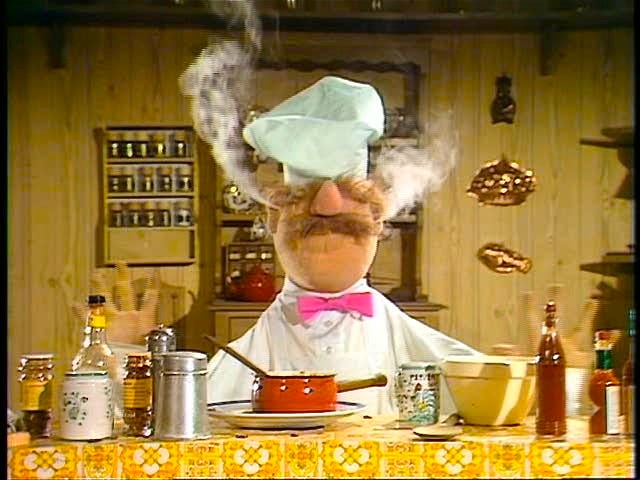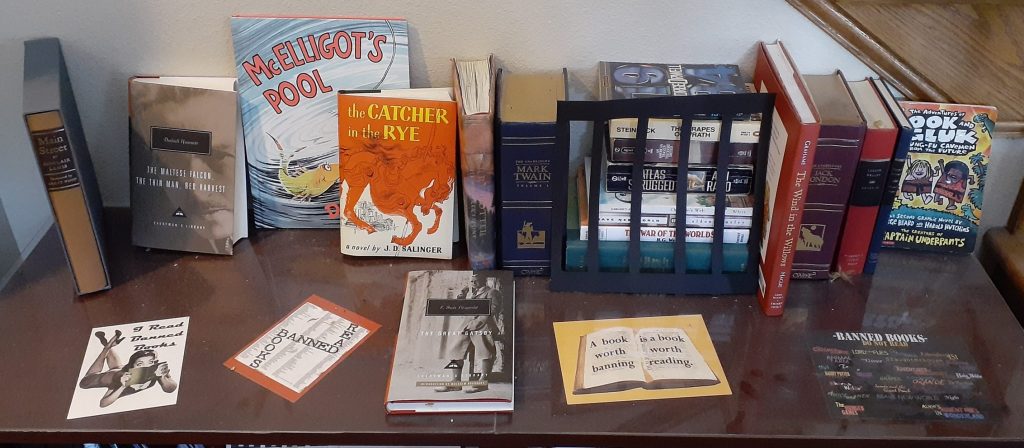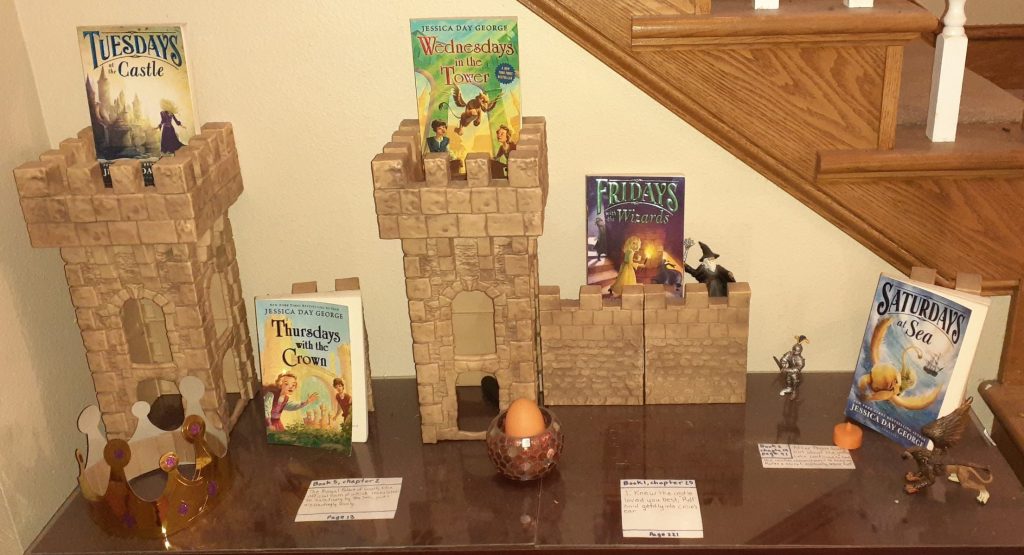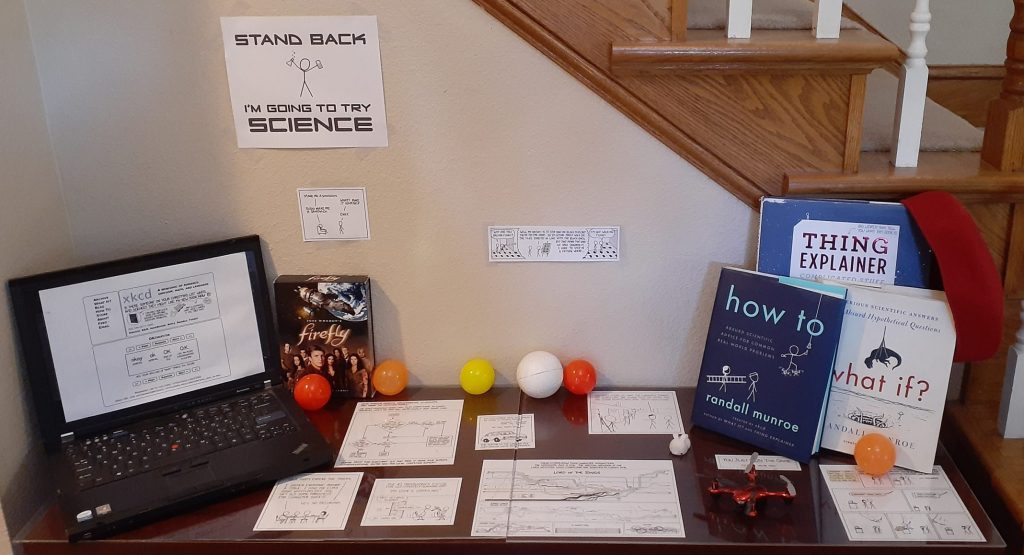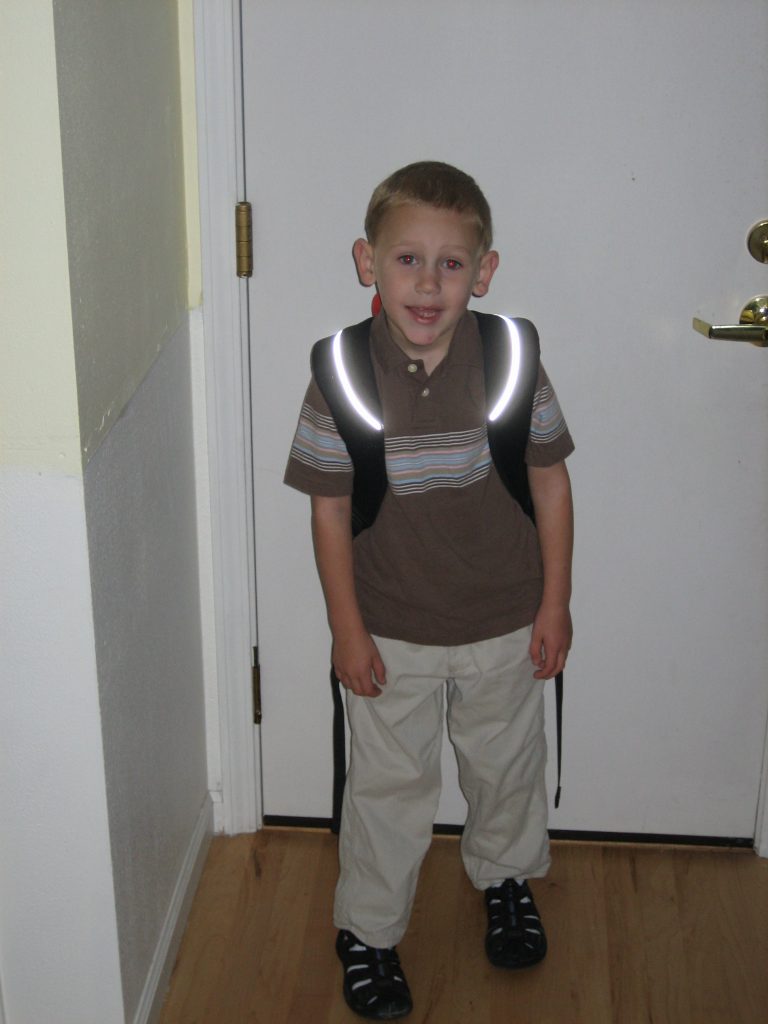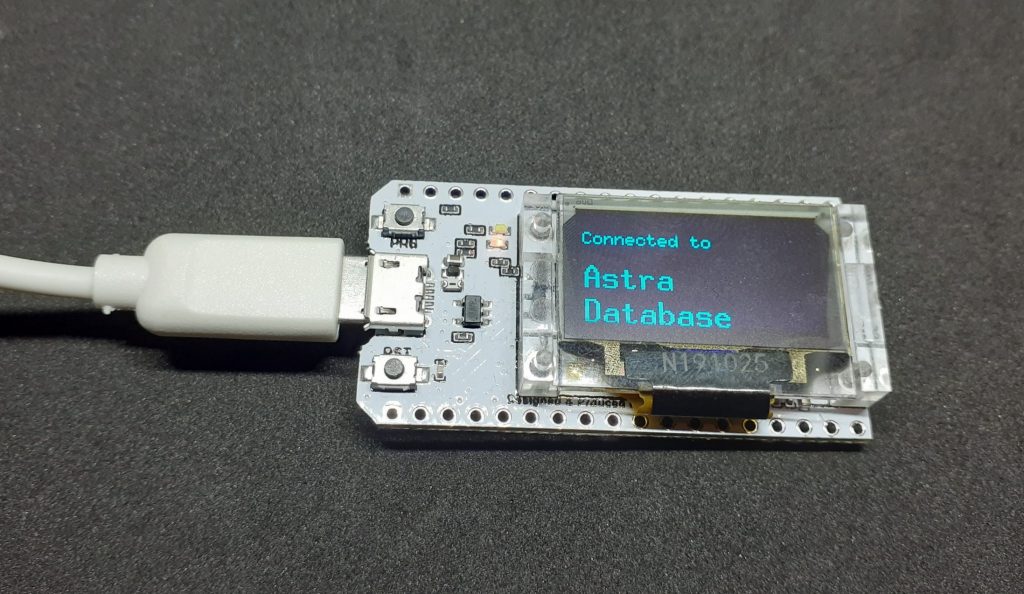Upon unwrapping one of my presents last Christmas I found myself still unenlightened as to its purpose. It required further investigation (and reading) to learn that I was now the proud owner of a breakfast sandwich maker. It seemed a novelty of sorts and my initial assessment was that it probably wouldn’t work very well. But in the 10 months since then I think I have used this dumb device to make about half my breakfasts.
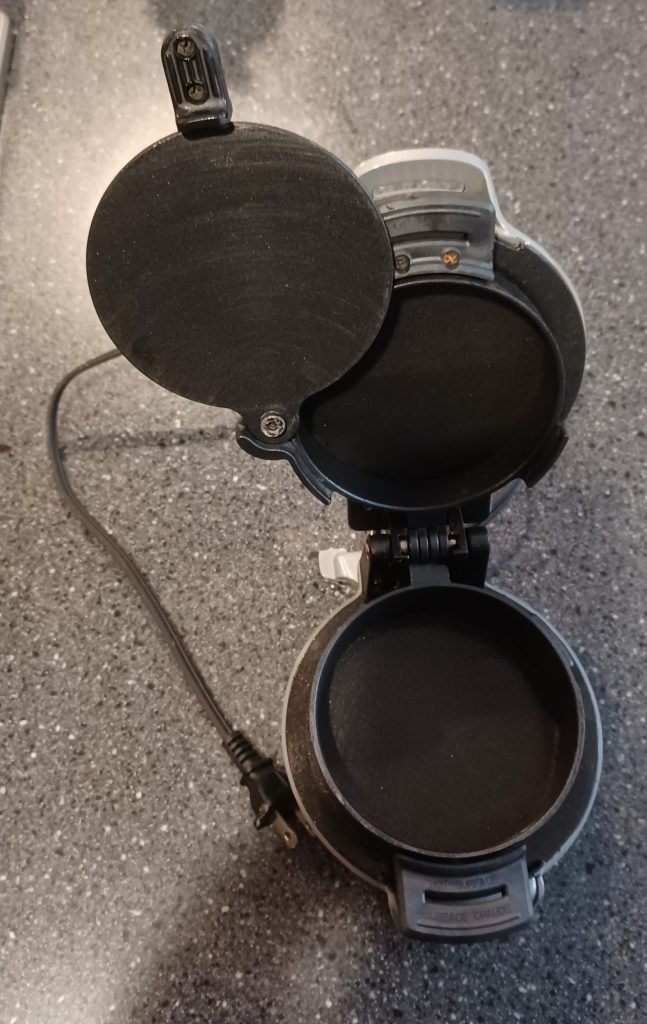
My sandwich maker doesn’t have any buttons or switches. I plug it in to turn it on and unplug it to turn it off. When it is on (plugged in) an orange light illuminates . A second light (this one green) lights up when it is preheated. There is no screen, Bluetooth connectivity, no settings, no app. It’s the right level of complexity for me when I may not yet be fully awake.
The actual usage of it is as follows:
- Plug in sandwich maker
- Wait for green “Preheat” light
- Put half and English muffin, a slice of cheese, and some ham or sausage in the bottom ring
- Crack an egg in the top ring and top with the other half of the English muffin
- Wait for five minutes (I have Alexa keep track for me)
- Unplug sandwich maker
- Slide out disc that separates top and bottom rings
- Flip up rings
- Slide breakfast sandwich onto plate
So why do I like this dumb device? It makes breakfast easy for me. I could make something similar without the minor appliance, but it would take longer. Cleanup is easy–about once a week the rings section goes in the dishwasher and the other part gets wiped down. A quick spray of avocado oil after cleaning keeps the eggs from sticking.
There are so many high-tech kitchen appliances out there now that do all the things: digital air fryers, sous vide gadgets, Instapots, etc. My breakfast sandwich maker only really does one thing, but that thing happens to be what I often want for breakfast.
